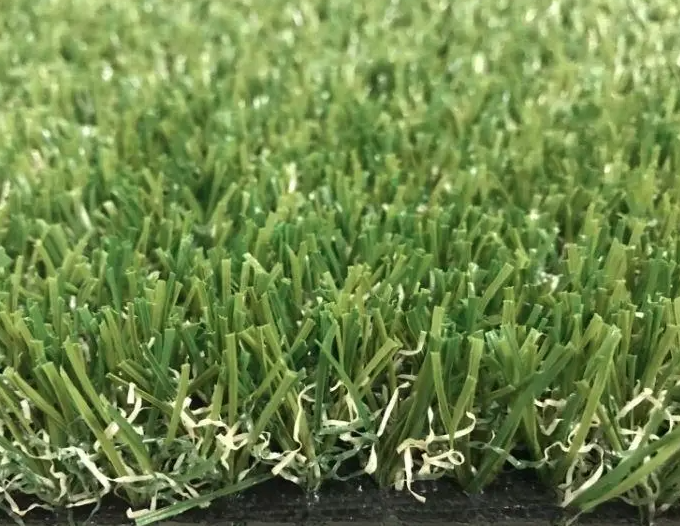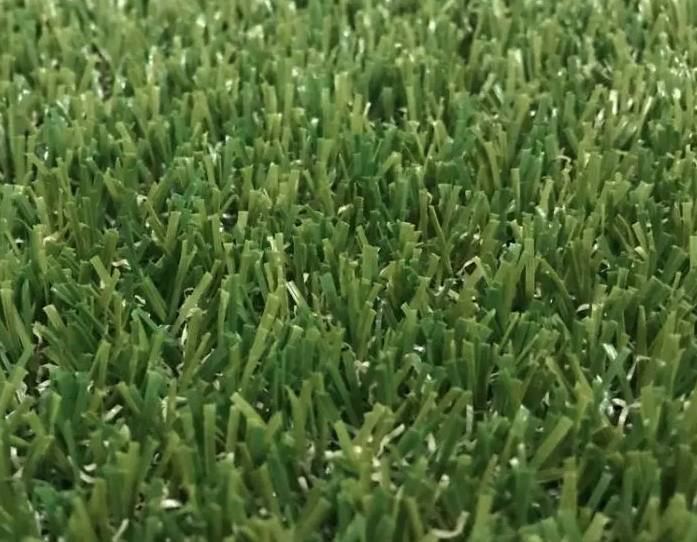Golf is a game of skill, precision and natural beauty. A key factor that affects the overall golfing experience is the quality of the golf course itself. Landscape turf plays a vital role in improving the beauty and performance of your golf course. In this article we will explore the importance of landscape turf in creating an outstanding golf environment, focusing on its impact on playability, maintenance and visual appeal.
Playability: The type and quality of landscape grass used on a golf course greatly affects its playability. Golfers generally prefer grass that has certain characteristics, such as even, firm and consistent ball roll. The choice of grass species and the maintenance techniques used directly affect these aspects. Varieties such as Bermuda grass, bentgrass and Kentucky bluegrass are popular choices because of their durability, ability to withstand heavy use and provide a smooth surface for precise ball control. Properly maintained landscape lawns create fair playing conditions and help enhance the overall enjoyment of the game.
Maintenance efficiency: Effective maintenance of a golf course is critical to its long-term sustainability and attractiveness. Landscaping lawns that are well suited to local climate and soil conditions can significantly reduce maintenance effort and costs. For example, choosing grass species that are drought tolerant or require less irrigation can help conserve water and minimize the need for overwatering. Additionally, using grass varieties that are resistant to pests, diseases, and weeds can reduce the need for chemical treatments and reduce environmental impact. By choosing the right landscape turf, golf course managers can streamline the maintenance process and improve the overall efficiency of their operations.
Visual appeal: The visuals of a golf course are critical to creating a memorable experience for players and spectators alike. Landscape lawns play an important role in defining the aesthetics of a golf course. Lush, vibrant and well-maintained lawns create an inviting ambience and add to the overall beauty of the surroundings. The selection, layout and pattern of grass species, as well as the integration of landscape elements such as bunkers, water features and trees, all contribute to the visual appeal of the course. Beautifully landscaped lawns enhance the golfing experience and make the course more visually appealing, attracting enthusiasts from all over.
Environmental considerations: Sustainable landscaping practices are increasingly important in the golf industry, aiming to minimize environmental impact while maintaining excellent playing conditions. By choosing landscape lawns that promote environmental sustainability, golf course owners can contribute to soil conservation, water management, and biodiversity conservation. Selecting grass species that require less water and fertilizer, implementing responsible irrigation systems, and utilizing organic and eco-friendly maintenance practices are some ways to align golf course management with environmental goals.
in conclusion:
Landscape lawns are an integral part of a successful golf course. It not only affects playability and maintenance efficiency, but also enhances the visual appeal of the golf environment. By selecting the right grass species, considering environmental factors and employing sustainable maintenance practices, golf course managers can not only create excellent playing conditions but also contribute to the overall conservation and natural beauty of the landscape. The careful selection, maintenance and integration of landscaped lawns ensures that golfers and spectators alike enjoy a seamless and visually appealing golf experience.
Post time: Sep-28-2023


